MCM-41分子筛去除水中邻苯二甲酸二丁酯的研究
氮掺杂Ti/13X/MCM-41分子筛去除水中邻苯二甲酸二丁酯的研究摘要邻苯二甲酸二丁酯(DBP)是邻苯二甲酸脂类物质,属于环境内分泌干扰物。它普遍存在于大气、废水、河流、土壤中,对环境和人体具有较大的危害。近年来,针对邻苯二甲酸二丁酯去除技术的研究越来越多,其中光催化降解技术因其高效彻底的优点受到了普遍的关注和推广。本文以13X分子筛、正硅酸四乙酯为原料,十六烷基三甲基溴化铵为模板,加入钛酸四丁酯和尿素,采用水热合成法制备了新型氮掺杂Ti/13X/MCM-41复合材料。通过降解DBP实验,考察了复合材类成过程中诸多影响因素,确定了最佳合成工艺参数,主要包括硅铝比、溶液pH值、晶化时间、煅烧温...
相关推荐
-
我国基层财政困难的制度成因分析与对策研究VIP免费
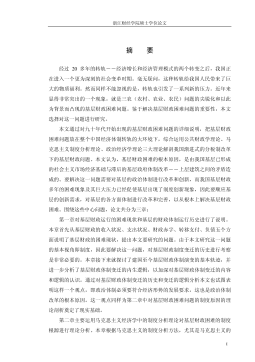
 2024-09-20 25
2024-09-20 25 -
我国煤电产业链纵向交易合约机制研究VIP免费
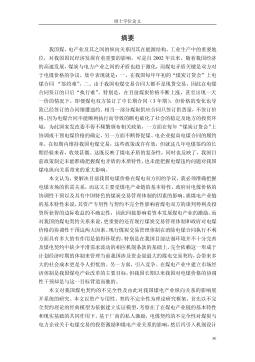
 2024-09-20 23
2024-09-20 23 -
生产要素视角下的上海市产业结构优化研究VIP免费
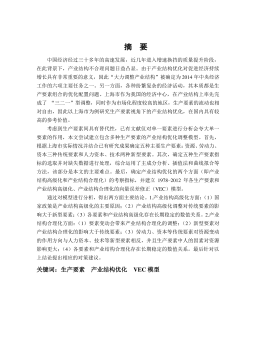
 2025-01-09 6
2025-01-09 6 -
我国银行业结构与经济结构关系研究VIP免费
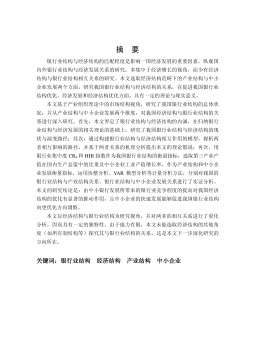
 2025-01-09 7
2025-01-09 7 -
大数据视角下农业供应链金融研究VIP免费
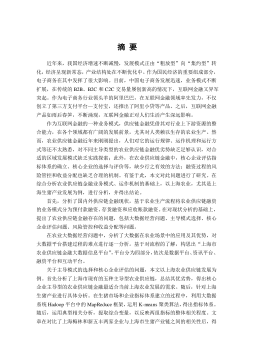
 2025-01-09 6
2025-01-09 6 -
跨国大型综合超市的规划研究VIP免费
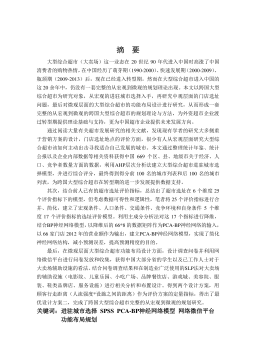
 2025-01-09 6
2025-01-09 6 -
跨境电商农产品质量安全问题研究VIP免费
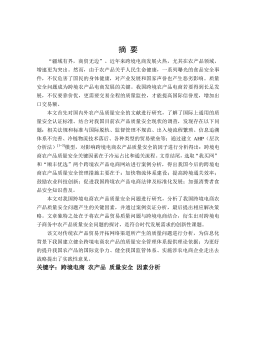
 2025-01-09 6
2025-01-09 6 -
世界市场的虚拟化与我国国际电子商务发展方向研究VIP免费
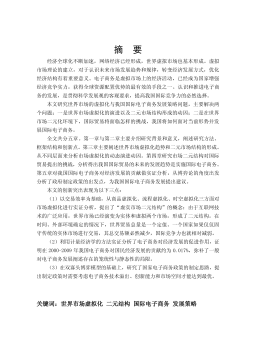
 2025-01-09 6
2025-01-09 6 -
中国政府对电力行业的价格规制问题研究VIP免费
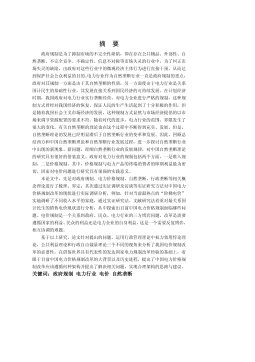
 2025-01-09 6
2025-01-09 6 -
中小企业信息化系统集成技术研究VIP免费

 2025-01-09 11
2025-01-09 11
相关内容
-

跨国大型综合超市的规划研究
分类:高等教育资料
时间:2025-01-09
标签:无
格式:PDF
价格:15 积分
-

跨境电商农产品质量安全问题研究
分类:高等教育资料
时间:2025-01-09
标签:无
格式:PDF
价格:15 积分
-

世界市场的虚拟化与我国国际电子商务发展方向研究
分类:高等教育资料
时间:2025-01-09
标签:无
格式:PDF
价格:15 积分
-

中国政府对电力行业的价格规制问题研究
分类:高等教育资料
时间:2025-01-09
标签:无
格式:PDF
价格:15 积分
-

中小企业信息化系统集成技术研究
分类:高等教育资料
时间:2025-01-09
标签:无
格式:PDF
价格:15 积分






